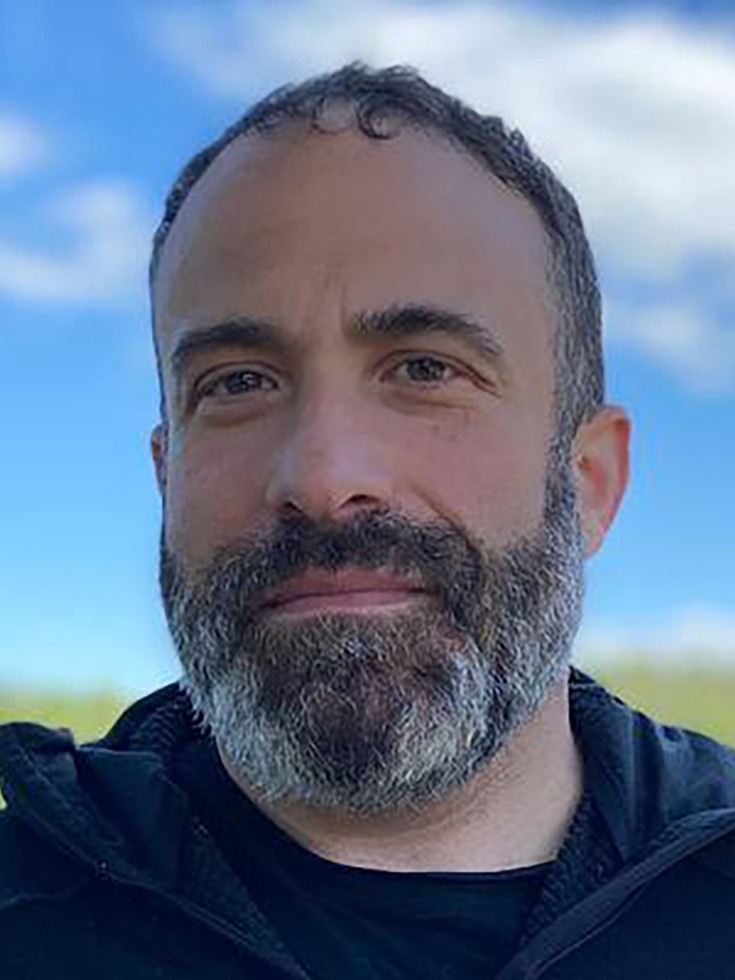PROVIDENCE, R.I. [Brown University] — Overdose prevention centers, where individuals can consume illicit drugs under the observation of trained staff, are not associated with significant increases in crime, researchers found.
When the researchers compared syringe service programs in New York City with two programs that were recently sanctioned by city officials to offer supervised drug consumption, they found no significant increases in crimes recorded by the police or calls for emergency service in the surrounding neighborhoods.
The findings, which were published in JAMA Network Open, come as plans to open overdose prevention centers proceed in Rhode Island, Massachusetts and elsewhere, and not long after lawmakers in Philadelphia passed a preemptive measure to ban these types of centers, noted study co-author Brandon del Pozo, an assistant professor (research) at Brown University’s Warren Alpert Medical School and School of Public Health.
“What this data shows is that if a neighborhood benefits from an established syringe service program, then adding the service of supervised drug consumption is not likely to increase reported crime, disorder complaints, or related calls to 311 and 911,” del Pozo said.
Even in New York, del Pozo added, the federal prosecutor for Manhattan characterized the city’s OPCs as unlawful and threatened to close them.
Yet, according to the study, del Pozo said, concerns about OPC-caused crime and disorder are unfounded.
“To those who worry that opening overdose prevention centers will increase crime in neighborhoods that need these types of programs, I would say that our analysis does not bear that out,” del Pozo said.
Measuring community impact
In late November 2021, the first officially sanctioned U.S. overdose prevention sites commenced operation in New York. The two sites are operated by OnPoint NYC, a harm reduction coalition, in the Manhattan communities of East Harlem and Washington Heights, at the locations of long-established syringe service programs that provide people with access to naloxone, harm reduction resources and connections to treatment for substance use disorder and infectious diseases.
By February 2023, more than 2,300 clients had visited the overdose prevention centers approximately 55,000 times, requiring over 700 overdose interventions — with no fatalities.
To evaluate the effect of the two new overdose prevention centers on crime and disorderly behavior, the researchers analyzed five administrative datasets placed in the public domain by the city of New York. These included criminal complaints, arrest reports, criminal court summonses and 911 and 311 call records — from January 2019 through December 2022.
